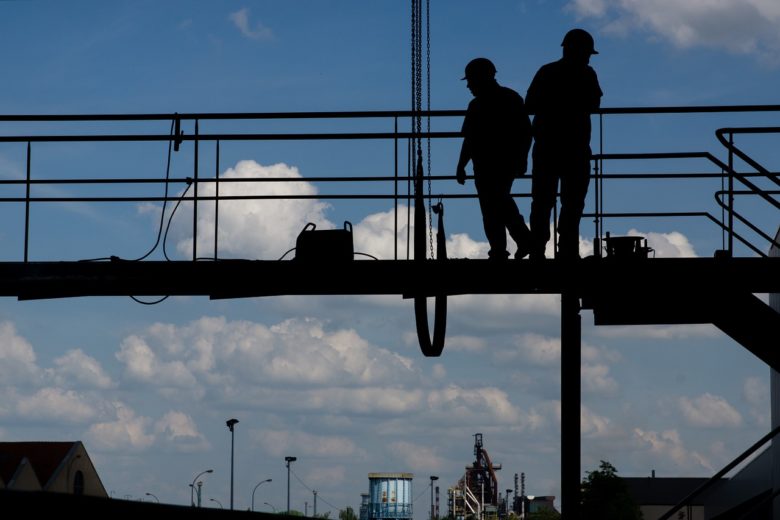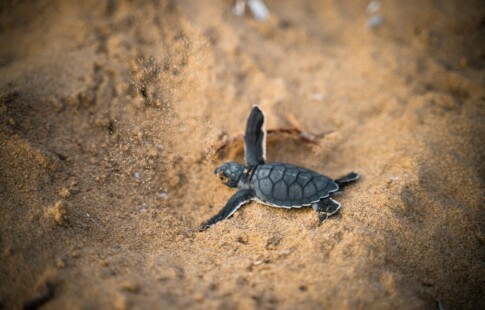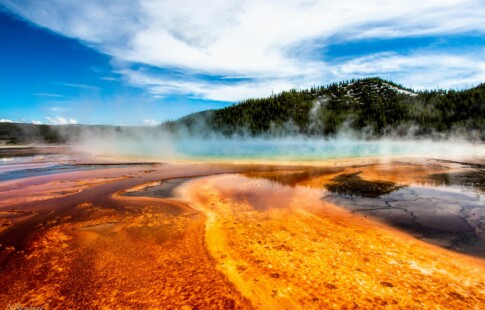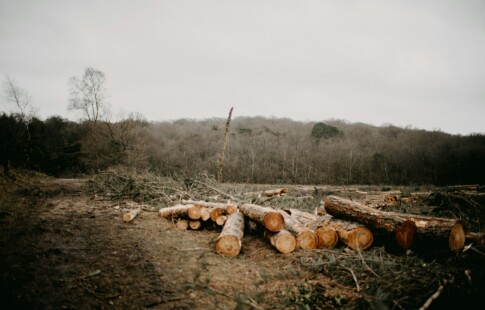
How The Construction Industry Can Disrupt Wildlife
We are reader-supported. When you buy through links on our site, we may earn affiliate commission.
The construction industry has made many changes to move toward sustainability. Companies praise the advantages, while industry leaders, such as the U.S. Green Building Council and the Green Building Initiative, set eco-friendly standards. Still, people acknowledge construction has an undeniable impact on wildlife. In 2018, the U.S. spent more than $300 billion on new public development alone.
It will be challenging for any industry to cease environmental harm. Wildlife and construction, in particular, are a poor match. Environmentalists around the world hope companies will make strides towards a future without animal cruelty and ecosystem destruction.
Habitat Intrusion
Animals suffer when industries advance and expand, uprooting their homes. Businesses tear down forests and natural habitats to make room for shopping malls, restaurants and more. Some species learn how to thrive in these urban environments, such as foxes, birds, squirrels, opossums and more.
However, this isn’t the case for all animals. Authorities typically kill cougars and bears that wander into urban areas, as they’re a danger to the surrounding population. Others perish through alternative means, like lack of food.
Overpopulation is another concern for environmentalists. Population density has a significant association with resource depletion and species endangerment. You’ll find higher rates of greenhouse emissions, pollution and poaching where humans gather in large quantities. While the planet contains roughly 7 billion people, experts expect this number to skyrocket in the future.
Encroachment doesn’t merely affect animals. It can also spell danger for people. Urbanization and forest fragmentation in Australia led to the Hendra virus (HeV) appearing in humans. Flying foxes, the primary carriers of this disease, can pass it along to humans. Fewer opportunities for transmission exist if foxes don’t lose their homes to deforestation.
Wildlife Pollution
Business contributes a fair share to global pollution. Individual efforts are crucial, but companies must accept green initiatives to make a dent in halting pollution. Commercial industries release massive amounts of greenhouse gases into the environment. The construction and demolition industry alone also contributed 548 million tons of waste to U.S. landfills in 2015.
Any refuse that escapes recycling is liable to enter storm runoff and travel to the ocean. Marine creatures get entangled in or ingest plastic packaging, which is deadly. For those that survive, microplastics invade their organs and bloodstreams.
Most businesses have massive carbon footprints. Experts put the cost on the environment at $4.7 trillion per year. Companies use paints, varnishes and materials that emit toxic chemicals. Additionally, much of the equipment runs on diesel, which impacts employee health and wildlife. Cleaner alternatives will make a noticeable change in human and animal wellness.
Renewable Energy
Renewable energy serves as a viable contender for fossil fuels, prompting the creation of solar-powered homes and businesses. Hydro and wind power have experienced a similar uptick in popularity, too. While these sources are prevalent in green construction, they’re not always beneficial to animals. Water-dwelling birds often mistake solar panels for lakes or rivers, encouraging them to dive and injure themselves.
Another problem arises when birds fly into super-concentrated sunlight beams at solar facilities. These beams originate from mirrors that track the sun and reflect sunlight to boilers. Creatures who fly across these beams ignite in midair and die from injuries.
Conservationists have long scrutinized wind energy due to massive turbines endangering birds and bats. Construction and energy companies continue to propose safer and more efficient versions. Nevertheless, activists have stalled past projects and petitioned the removal of turbines. Many environmentalists agree that if a green source proves disadvantageous to wildlife — yet helpful to humans — it’s better to optimize it.
Wildlife Disruption — What Can You Do?
Do your part to tackle wide scale environmental issues. We must create a movement to catch the attention of large corporations. Get in touch with local construction companies and ask which methods they use to preserve the environment. Action often requires direct communication, so don’t be afraid to voice your opinion.
If organizations lack eco-friendly policies, nudge them into adopting them. Waste management and sustainable material use are two areas construction firms can hone in on. New methods also should be beneficial for the company, wildlife and local people. Talking green isn’t enough — actions must support words.
Focus on upholding conservationism within your personal life. Support businesses that prove dedication to sustainability. You can also recommend them to others. Money is the driving force of every company. When boycotts and strikes stifle profits, corporations will listen to vital concerns.
Preserving Wildlife Among Widespread Construction
Big business has a long way to go in eliminating wildlife destruction. But some organizations are rapidly making the switch. As humans, we must learn to balance our technological advancements with the well-being of the natural world.
How can we produce life-saving tools and programs without endangering the natural habitats? Hopefully, we’ll manage the two better as we gain knowledge and experience.
Share on
Like what you read? Join other Environment.co readers!
Get the latest updates on our planet by subscribing to the Environment.co newsletter!
About the author

Jane Marsh
Starting from an early age, Jane Marsh loved all animals and became a budding environmentalist. Now, Jane works as the Editor-in-Chief of Environment.co where she covers topics related to climate policy, renewable energy, the food industry, and more.





